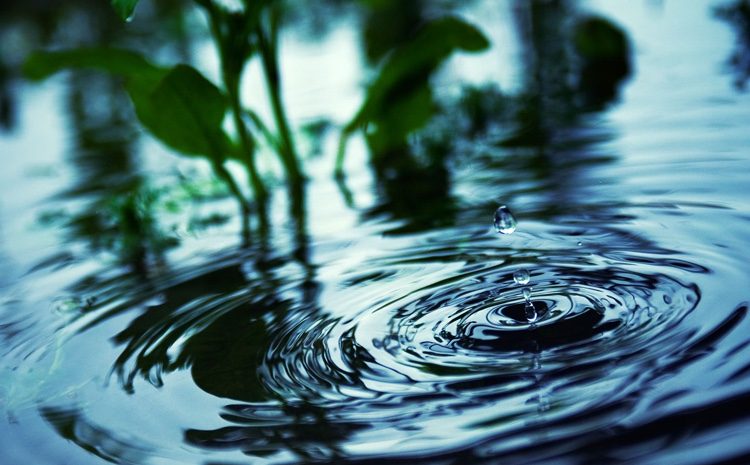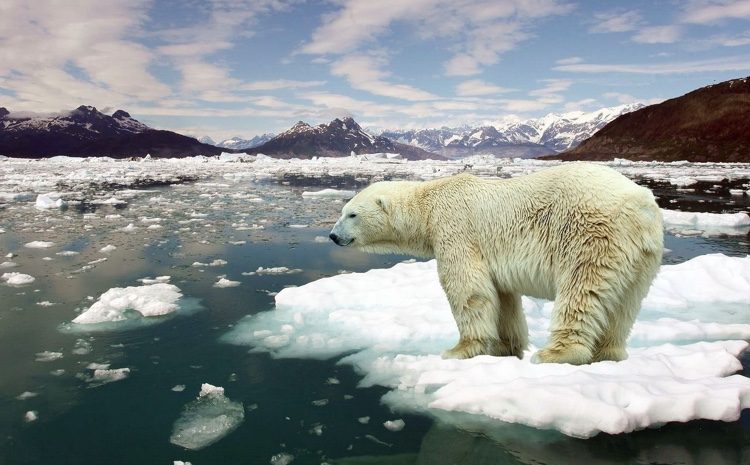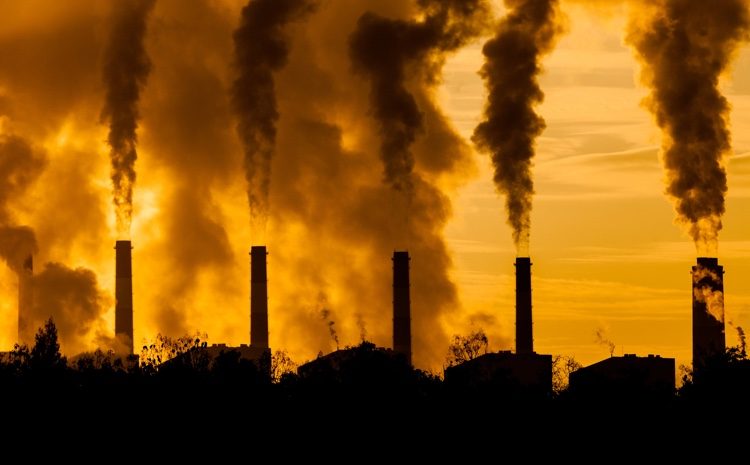Soils and Water Resources Management formulated its activity with focus in sustainable productivity and water quality. Strong skill of our team on biology, agricultural sciences, chemistry, ecology, geology, etc., assist them to act as pioneers in this area. Soil and Water resources are increasingly in demand to support human needs, and at risk of contamination and degradation. This situation, make a priority to focus on the management and conservation of soil and water, suggesting sustainable engineering that will protect these vital resources now and in the future.
We work on:
- Soil Protection
- Watershed Management
- Wetland Ecology & Management Aquatic Ecosystems Groundwater
- Grasslands Reserve Program
In collaboration with the pioneers of technology provider, we will consult and supply machineries for cleaning of beach, roads and grass areas, that helps enhance the beauty of environment. Our beach cleaners can remove stones, sea shells, broken glass, cigarette filters, syringes, weeds, wood, pop-tops, hardened tar balls and animal droppings.
Three common technology for this goal are:
- Raking technology: can be used on dry or wet sand
- Sifting technology: is practiced on dry sand and soft surfaces
- Combined raking and sifting technology
Our litter collections machines are truck towed and tructor towed models that are suitable for all applications; highway shoulder cleanup (retreads, mufflers), highway median cleaning, parking lot maintenance, sports field cleaning, and dethatching.


